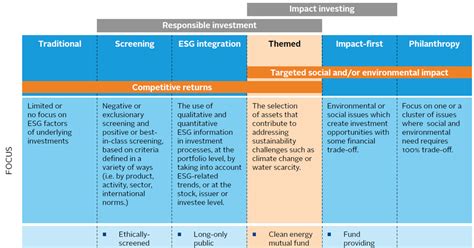Understanding the Impact of Supply and Demand on Algorand (ALGO)
Algorand, a decentralized public blockchain platform, has been gaining significant attention in recent years due to its innovative technology and potential for widespread adoption. As one of the fastest-growing cryptocurrencies, understanding the impact of supply and demand on Algorand is crucial for investors, traders, and analysts alike.
What is Supply and Demand?
Supply and demand refer to the interaction between the available quantity of a product or service (supply) and the price at which it can be bought (demand). In the context of cryptocurrency markets, supply and demand play a significant role in determining the price movement of digital assets.
Understanding Algorand’s Supply Side
Algorand is a proof-of-stake (PoS) blockchain platform that prioritizes security and decentralization. It aims to provide a more energy-efficient and scalable alternative to traditional blockchains. One of the key features of Algorand’s supply side is its fixed supply mechanism, which ensures a constant flow of new units into circulation.
According to Algorand’s whitepaper, the platform has a total supply of 60 million ALGO coins, with an annual inflation rate of 5%. This means that the total amount of Algorand in circulation will never exceed 100% of its initial issuance. The fixed supply mechanism helps maintain a stable and predictable price environment.
Understanding Algorand’s Demand Side
Algorand has a growing ecosystem of applications, including decentralized finance (DeFi) protocols, gaming platforms, and social networks. As more users engage with the platform, demand for ALGO increases, driving up its value.
Additionally, Algorand’s blockchain-based infrastructure allows for seamless integration with existing smart contracts and decentralized applications (dApps). This enables a wide range of use cases, from financial services to gaming and social media platforms, further fueling demand.
The Impact of Supply and Demand on ALGO Price
The interplay between supply and demand can significantly impact the price of Algorand. As more investors buy or sell ALGO, the market equilibrium shifts, affecting the price movement.
When demand is high and supply is limited, prices tend to rise as buyers compete for a scarce asset. Conversely, when supply increases while demand remains low, prices may decline due to increased competition.
Key Factors Affecting Supply and Demand

Several factors influence the supply and demand dynamics of Algorand:
- Market Sentiment: investor sentiment plays a crucial role in determining market direction.
- Economic Indicators: changes in economic conditions, such as inflation rates or interest rates, can impact the price movement of cryptocurrency assets like ALGO.
- Regulatory Environment: government regulations and policies can influence the adoption and use of Algorand’s blockchain technology.
- Adoption Rates: the rate at which businesses and users adopt Algorand-based services and applications can drive demand.
Technical Analysis and Trading Strategies
Understanding the supply and demand dynamics of ALGO allows traders to employ various technical analysis and trading strategies:
- Trend Following: identify trends based on market sentiment, economic indicators, and other fundamental factors.
- Range Trading: utilize range-bound price action to set entry and exit points based on supply and demand pressure.
- Scalping: execute rapid trades in response to short-term price movements to capitalize on intraday fluctuations.
Conclusion
Understanding the impact of supply and demand on Algorand is essential for investors, traders, and analysts seeking to make informed decisions about this innovative cryptocurrency market leader.


